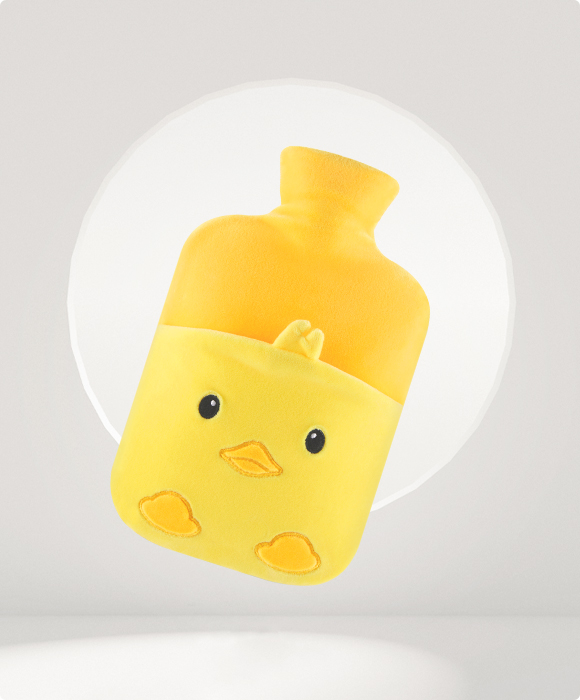1.Introduction
2.What are Low-Temperature Burns?
3.Causes of Low-Temperature Burns
4.Symptoms of Low-Temperature Burns
5.How to Prevent Low-Temperature Burns When Using a Hot Water Bottle?
6.How to Treat Low-Temperature Burns
7.Conclusion
Introduction
Warm is an essential part of our daily life, but we often overlook the potential risks involved in the process, such as low-temperature burns. While these burns may sound mild, they can lead to serious consequences. Whether using a heater or a hot water bottle, it’s important to understand the proper precautions and how to handle such incidents. This blog will explain what low-temperature burns are, how to prevent them when using hot water bottles, and what to do if one occurs.
What are Low-Temperature Burns?
Low-temperature burns occur when the skin is exposed to a relatively low heat source, typically between 111.2–123.8°F (44–51°C), for an extended period. These burns don’t cause immediate pain or obvious symptoms, making them hard to detect early. However, the damage can gradually progress from the epidermis to the dermis, or even deeper layers of tissue.
Causes of Low-Temperature Burns
-Prolonged Contact: Exposed skin in contact with objects like hot water bottles without cover or low-temperature electric blankets for extended periods.
-Mild Temperature: Although the heat source is not very hot, prolonged exposure can still damage the skin.
-Reduced Sensitivity: People with reduced sensitivity to heat, such as the elderly or those with diabetes, are more prone to low-temperature burns, especially during sleep.
Symptoms of Low-Temperature Burns
-Redness: The affected skin may turn red.
-Blisters: Blisters may form over time.
-Pain and tingling: You may feel pain and tingling after the burn occurs.
-Hardened skin: In severe cases, the skin may become hardened or wrinkled.
How to Prevent Low-Temperature Burns When Using a Hot Water Bottle?
-Hot water bottles are a winter staple in most households, but improper use can lead to low-temperature burns. Here are some precautions:
-Control the water temperature: Ensure the water temperature in the hot water bottle does not exceed 158°F (70°C).
-Use a hot water bottle cover: Always use a hot water bottle cover or towel around the hot water bottle to minimize direct contact with the skin.
-Avoid prolonged contact: Don’t keep the hot water bottle in the same spot on your body for too long.
-Check your skin regularly: While using a hot water bottle, regularly check your skin for any signs of abnormalities. If you feel any discomfort, remove the hot water bottle immediately.

How to Treat Low-Temperature Burns
-Remove the heat source: Immediately stop contact with the heat source to prevent further damage.
-Cool the affected area: Rinse or cool the burned area with cold water to reduce pain and inflammation.
-Avoid popping blisters: Do not pop any blisters that form to prevent infection.
-Seek medical attention: If the burn covers a large area or the symptoms are severe, seek medical help promptly.
Conclusion
Low-temperature burns may not be as immediately noticeable as high-temperature burns, but their potential harm should not be underestimated. Properly using hot water bottles and other heating devices, while being aware of how to prevent and treat low-temperature burns, is key to staying warm and safe during winter.

